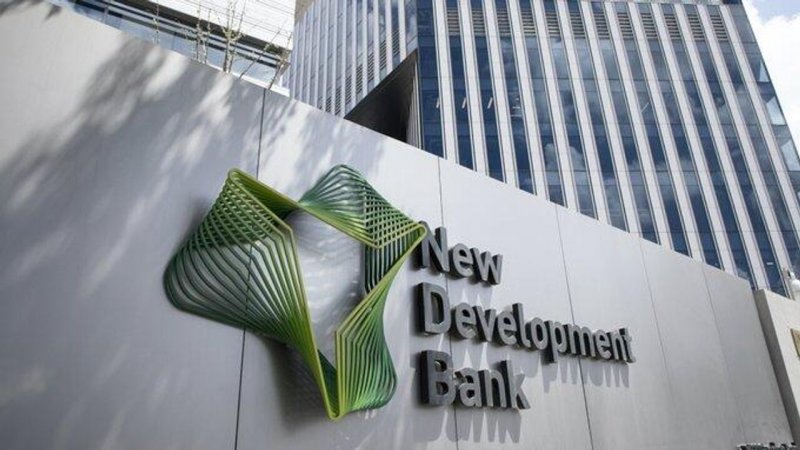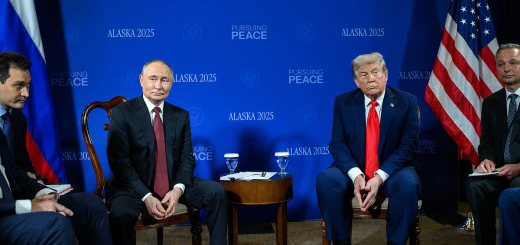BRICS Bank to Launch India’s First Rupee Bond by 2026
In a landmark move, the New Development Bank (NDB)—the multilateral bank founded by the BRICS countries (Brazil, Russia, India, China and South Africa)—is set to issue India’s first rupee-denominated bond in its domestic market by March 2026.

This marks a significant step toward currency internationalisation, de-dollarization and enhancing the role of the Indian rupee in global finance.
Key Details of the Plan
- The issuance size:The NDB plans to raise about USD 400-500 million in the first tranche through 3-5 year bonds.
- Timeframe: Before end-March 2026 as per sources familiar with negotiations with the Reserve Bank of India (RBI).
- Regulatory approvals are still pending:The issuance is subject to final approvals from the RBI and possibly the Indian government. Discussions are in advanced stages.
Why This Matters
1. Rupee Internationalization: One of the big drivers is to strengthen the rupee’s international profile. Issuing bonds in rupees helps promote its use beyond domestic transactions, especially in cross-border trade, foreign investment flows and global financial markets. This move aligns with India’s long-standing goal of elevating its currency globally.
2. De-dollarization and Local Currency Finance:The NDB has, under its 2022-2026 strategy, committed to providing at least 30% of its financial commitments in the national currencies of its member countries. Issuing a rupee bond helps the bank move toward that target, reducing dependency on USD or other hard currencies.
Also, using local currency financing makes funding more accessible for Indian projects, since currency risk is better managed when revenues/inflows are in the same local currency.
3. Investor Interest & Emerging Markets: There is growing demand among global investors for emerging market instruments, especially those that diversify exposure away from developed markets and USD-linked debt. A rupee bond from a multilateral bank like NDB could attract both domestic institutional investors and foreign funds looking for yield, diversification and exposure to India’s growth story.
4. Impact on Indian Bond Market
- Liquidity and market depth:The bond issuance can deepen the rupee-bond market, enhancing price discovery and liquidity.
- Benchmarking: Such multilateral issuance can serve as a benchmark for other issuers in the rupee market.
- Foreign investor access:Changes by RBI and regulators to make it easier for foreign funds to participate will amplify the impact.
Challenges & Considerations:While the plan is promising, several challenges remain:
- Regulatory Approval:Full clearance by RBI and government authorities is essential. Any delays could shift the timeline.
- Currency Volatility:The rupee has seen periods of weakness against major currencies. For foreign investors, this risk must be managed carefully.
- Interest Rates & Yield:To attract foreign investors, the yield must compensate for risks of emerging markets—especially in terms of inflation, interest rate policy and macroeconomic stability.
- Demand & Market Sentiment: Even healthy interest in emerging markets might not always guarantee demand if global conditions worsen, or investor risk appetite declines.
Broader Implications for BRICS & Global Finance:This move ties into broader shifts in global economic architecture:
- BRICS Strategy & Local Currency Use: As BRICS nations push for greater use of their own currencies in finance and trade, similar bond issuances in other local currencies (e.g., rand, yuan, real) may follow.
- De-dollarization Trend: Part of a global discourse around reducing reliance on USD for trade/finance. Emerging economies see this as a way to mitigate external vulnerabilities, sanctions, and exchange rate risks.
- Strengthening Multilateral Development Banks:Moves like these give more leverage and relevance to institutions like the NDB in helping finance infrastructure, sustainable development, and regional cooperation in local terms.
Conclusion
The NDB’s plan to issue India’s first rupee-denominated bond by March 2026 is a bold and strategic move that has the potential to reshape parts of India’s financial architecture and strengthen the rupee’s global profile. If successfully executed, it could further de-dollarization, promote local currency finance, and draw international investor attention.
However, success will depend on regulatory clarity, macro stability, investor confidence, and execution. For India, this is a chance to underscore its growing economic weight; for BRICS, it is a step in building a more diversified global finance system.






























